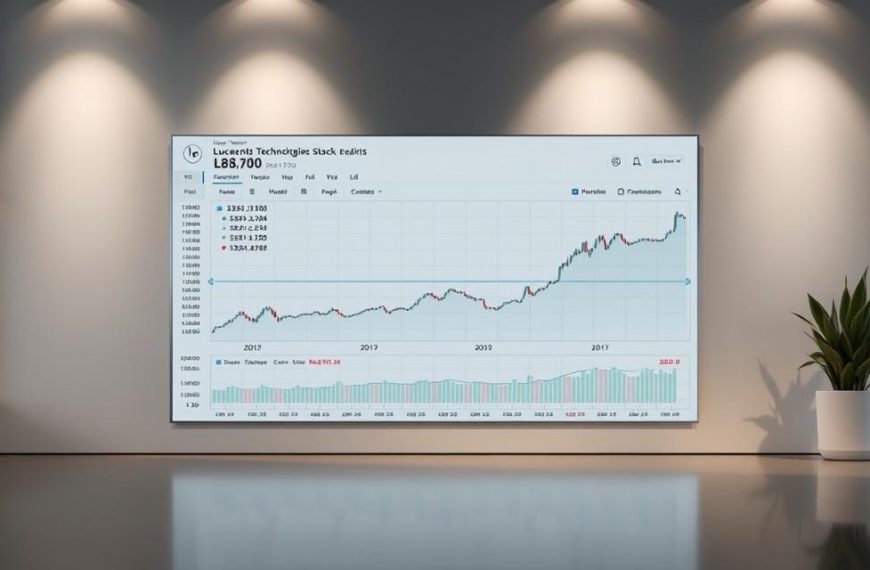Drupal is a powerful content management system that transforms digital experiences globally1. This open-source framework offers an adaptable platform for creating sophisticated websites and applications2.
Drupal is a flexible CMS built on the LAMP stack: Linux, Apache, MySQL, and PHP2. Its modular design allows users to add or remove features through strategic module installations2.
Drupal’s technology extends beyond traditional limits, supporting alternative stacks like Windows and Mac OS2. It also works with various database systems, making it a versatile solution for complex digital needs2.
Drupal’s global impact is significant, powering nearly 10% of the top 10,000 websites worldwide3. This widespread use highlights its reliability and effectiveness in the digital realm1.
With 23 years of development, Drupal is a mature, sophisticated open-source framework1. Its community-driven approach ensures ongoing improvements and security updates2. This approach helps Drupal meet evolving digital challenges effectively.
What is Drupal Technology
Drupal is a powerful open-source CMS that transforms web development. It offers a sophisticated architecture and flexible framework. Developers and organisations can create robust digital experiences with ease45.
Drupal is a sophisticated web technology combining modular design with remarkable scalability. It powers over 1.7 million websites globally. The platform’s capabilities are truly impressive5.
Core Components and Architecture
Drupal’s architecture stands out due to its modular structure. This design allows for unparalleled customisation options.
- Flexible content management systems
- Extensive module library with over 51,000 options5
- Robust security frameworks
- Multilingual support across 94 languages5
The LAMP Stack Foundation
Drupal operates on the LAMP stack: Linux, Apache, MySQL, and PHP. This technology base provides a stable and efficient development environment. It allows seamless integration across various platforms and supports multiple operating systems4.
Open Source Framework Overview
Drupal thrives as an open-source CMS with a vibrant global community. It boasts over 1 million members and 10,000 active contributors5. The platform constantly evolves, ensuring cutting-edge functionality for web development.
Drupal: Empowering digital experiences through collaborative innovation
Benefits of Choosing Drupal for Web Development
Drupal is a powerful, customisable CMS offering remarkable web development benefits. Its flexible architecture allows developers to create tailored solutions for specific business needs6.
- Multilingual capabilities supporting over 100 languages6
- Modular approach accelerating development speed6
- Advanced content management techniques6
Over 1 million websites worldwide use this versatile platform. Prominent institutions like Princeton University and Doctors Without Borders rely on Drupal’s robust capabilities7.
Drupal’s proactive security measures include a dedicated global security team. These protect against potential vulnerabilities and ensure safe digital experiences67.
The platform adheres to strict accessibility standards. This commitment ensures inclusive digital experiences for all users7.
Drupal offers unparalleled customisation for organisations seeking a truly adaptable web solution. Its composable architecture allows businesses to adapt to changing digital landscapes78.
Essential Drupal Content Management Features
Drupal offers powerful tools for digital content creation and control. It transforms website management with sophisticated features for web developers and content creators9.
The platform manages diverse content through three key structures. These are content types, taxonomies, and views10.
Crafting Flexible Content Types
Drupal’s content types allow structured content creation with great flexibility. Users can define custom fields for various data types.
- Text entries
- Image uploads
- File attachments
- Numeric data
This approach helps organisations create tailored content architectures. These match their specific requirements precisely9.
Intelligent Content Organisation
Drupal’s taxonomy system offers advanced content categorisation. It uses hierarchical and flexible classification methods. This enhances content discoverability and improves user navigation10.
User Permissions and Access Control
Drupal’s user management system provides detailed control over content access. Administrators can set specific editing and viewing permissions for different user groups.
This is done through role-based access control (RBAC)9. Organisations can create complex workflow structures for content approval before publication10.
Learn more about Drupal’s innovative content management systems. See how it transforms digital content strategies.
Building Websites with Drupal
Drupal offers a sophisticated approach to creating robust digital platforms. It caters to diverse organisational needs through site building and custom development11. Site building uses existing modules, while custom development involves writing specialised code for unique requirements12.
Drupal’s frontend and backend integration provides remarkable flexibility for unique user experiences. With over 50,000 contributed modules, developers can blend design and functionality seamlessly12. The platform supports various website types, from corporate portals to e-commerce sites11.
Responsive design is crucial in modern web development. Drupal’s theming system enables visually appealing websites that perform well across devices. With more than 2,900 themes, developers can ensure brand consistency and optimal user experience11.
Drupal’s responsive capabilities ensure websites adapt to different screen sizes and tech environments. Web professionals value Drupal’s comprehensive approach to website construction. The platform provides extensive tools for creating sophisticated digital ecosystems11.
Drupal offers an efficient pathway to launching powerful online platforms. The average website creation time is approximately 3-4 hours11. This speed makes Drupal an attractive choice for many developers.
FAQ
What is Drupal and how does it differ from other content management systems?
Is Drupal suitable for businesses of different sizes?
What technical infrastructure does Drupal typically require?
How complex is content management in Drupal?
Can Drupal support multilingual websites?
What is the difference between site building and development in Drupal?
How secure is Drupal?
Does Drupal support responsive design?
How extensive is Drupal’s community support?
What type of websites can be built with Drupal?
Source Links
- https://www.bounteous.com/insights/2024/06/03/new-age-drupal-drupal-cms/
- https://drupalize.me/tutorial/user-guide/understanding-drupal
- https://www.lullabot.com/resource/drupal
- https://en.wikipedia.org/wiki/Drupal
- https://www.acquia.com/blog/what-is-drupal
- https://www.theknowledgeacademy.com/blog/benefits-of-drupal/
- https://www.acquia.com/blog/8-advantages-drupal
- https://www.techtarget.com/searchcontentmanagement/tip/The-pros-and-cons-of-Drupal
- https://fabrity.com/drupal-content-management-a-comprehensive-guide-for-content-creators/
- https://www.versantus.co.uk/blog/what-are-key-features-drupal
- https://websitesetup.org/build-website-drupal/
- https://www.acquia.com/blog/how-create-website-drupal
















